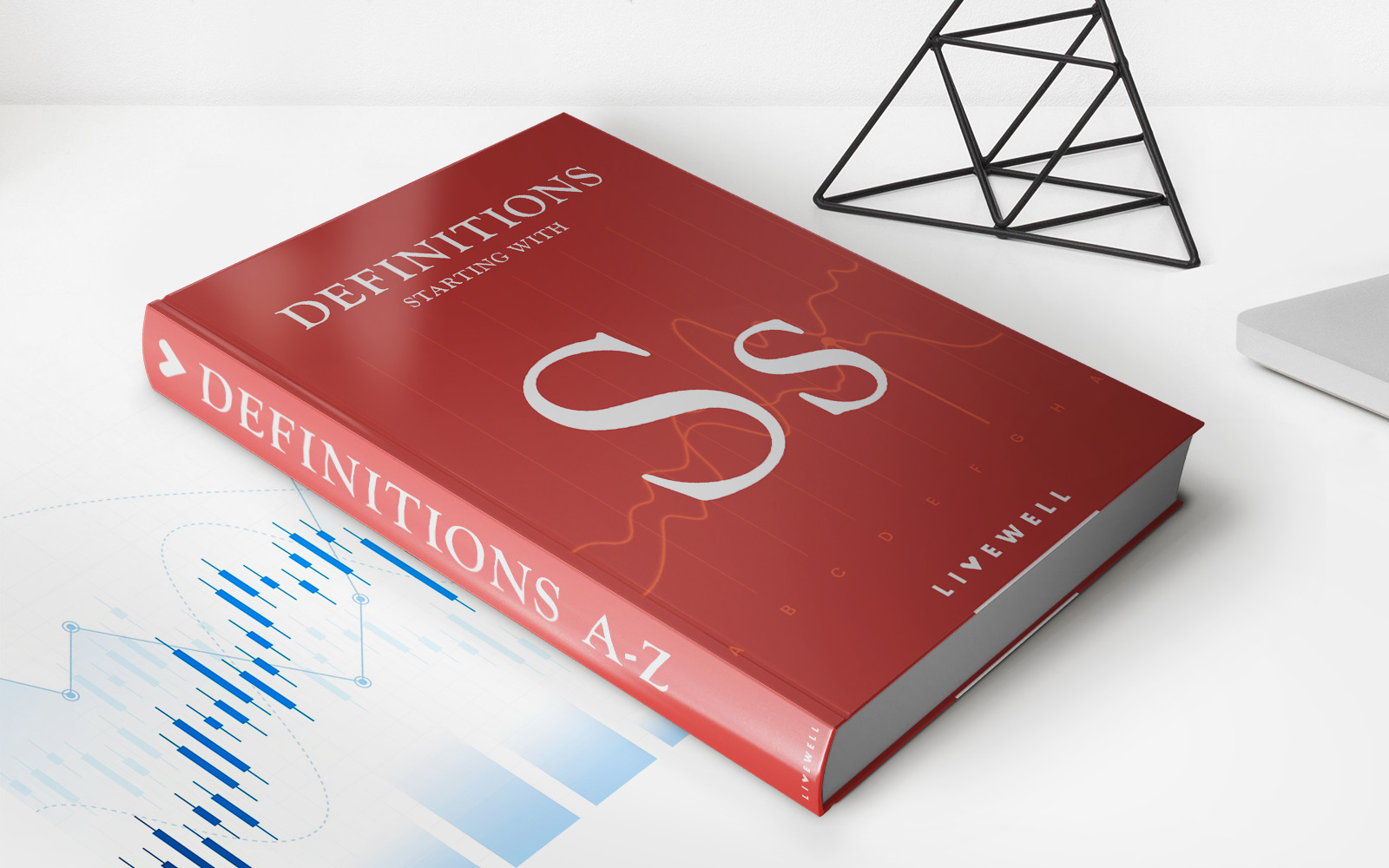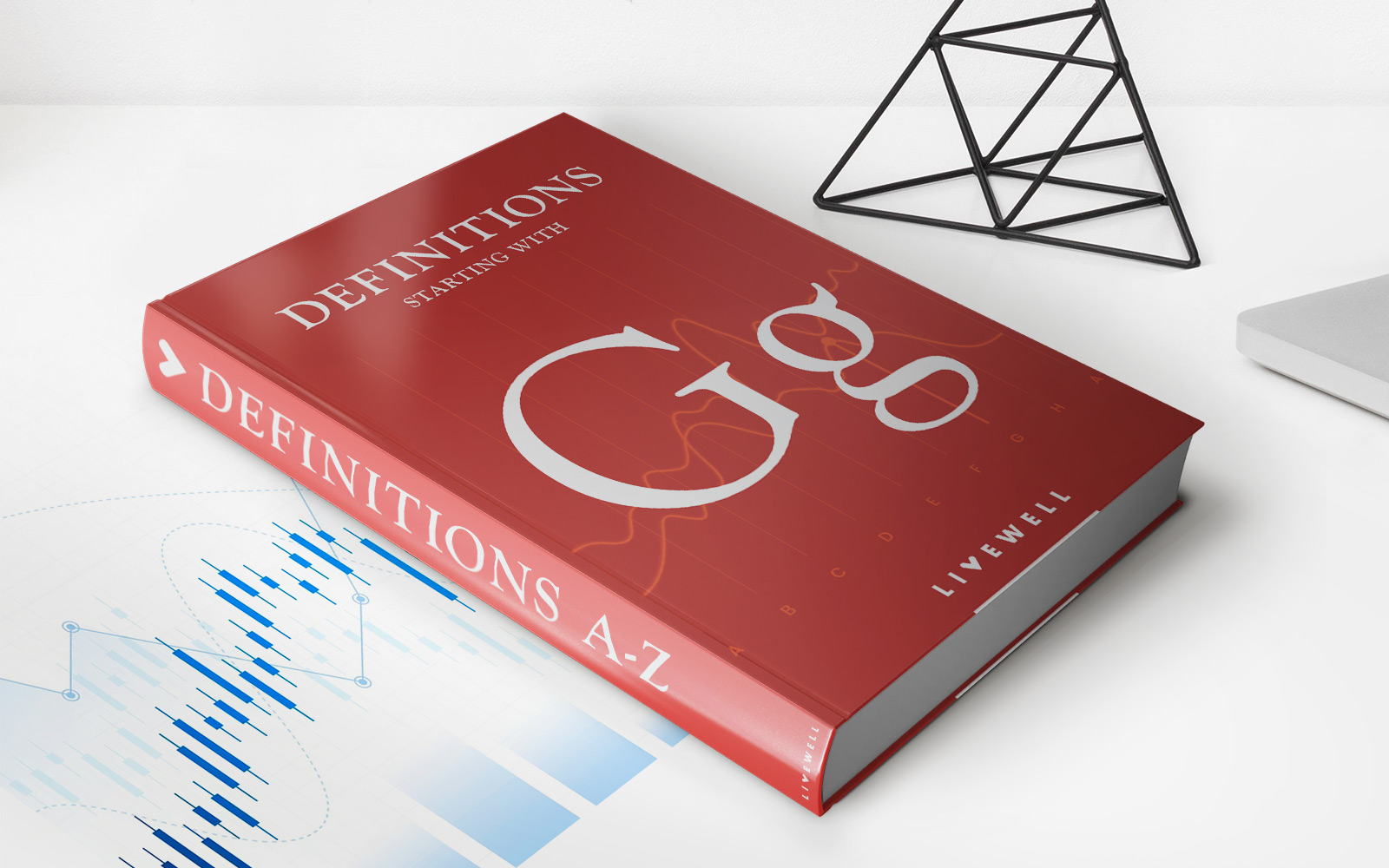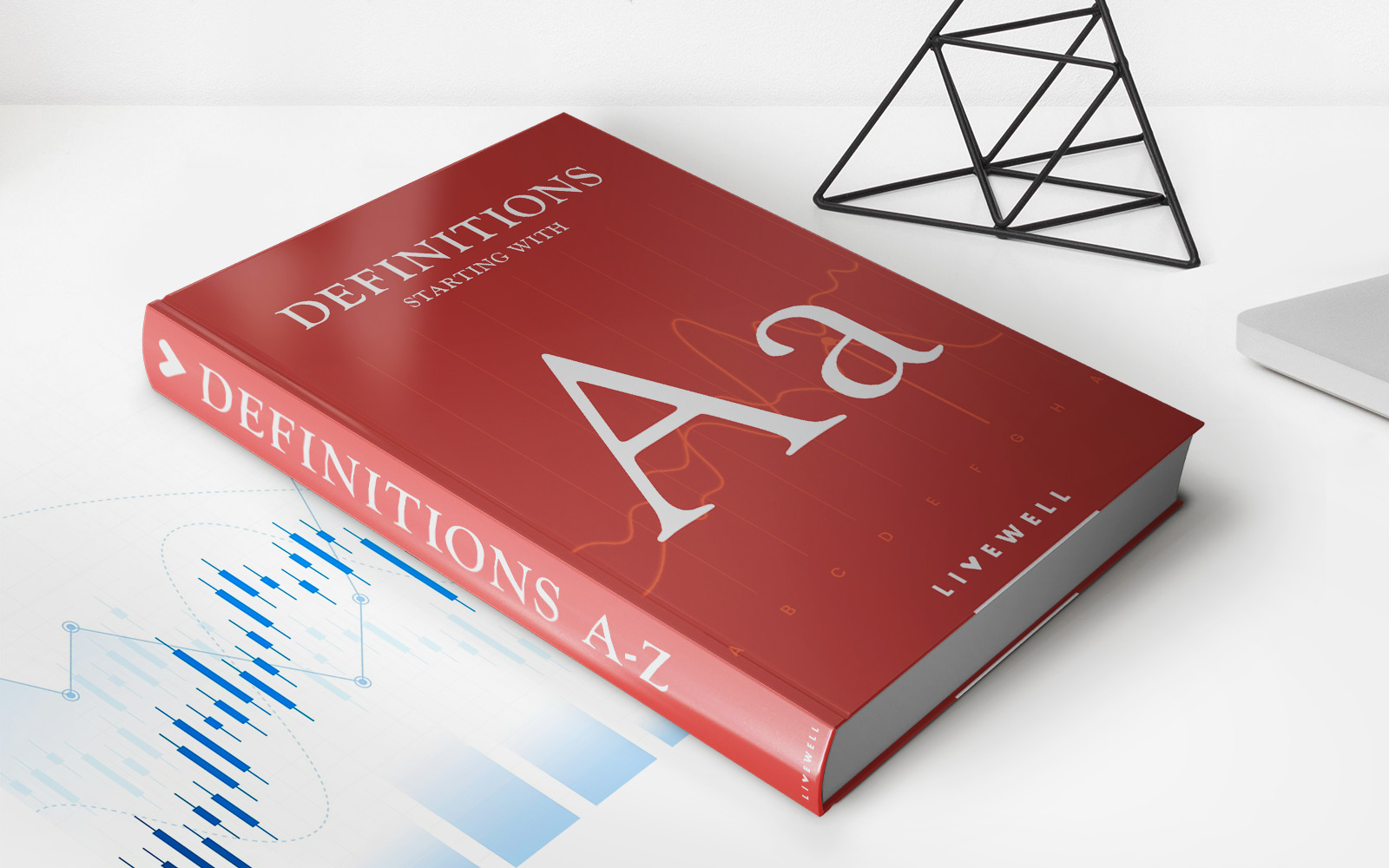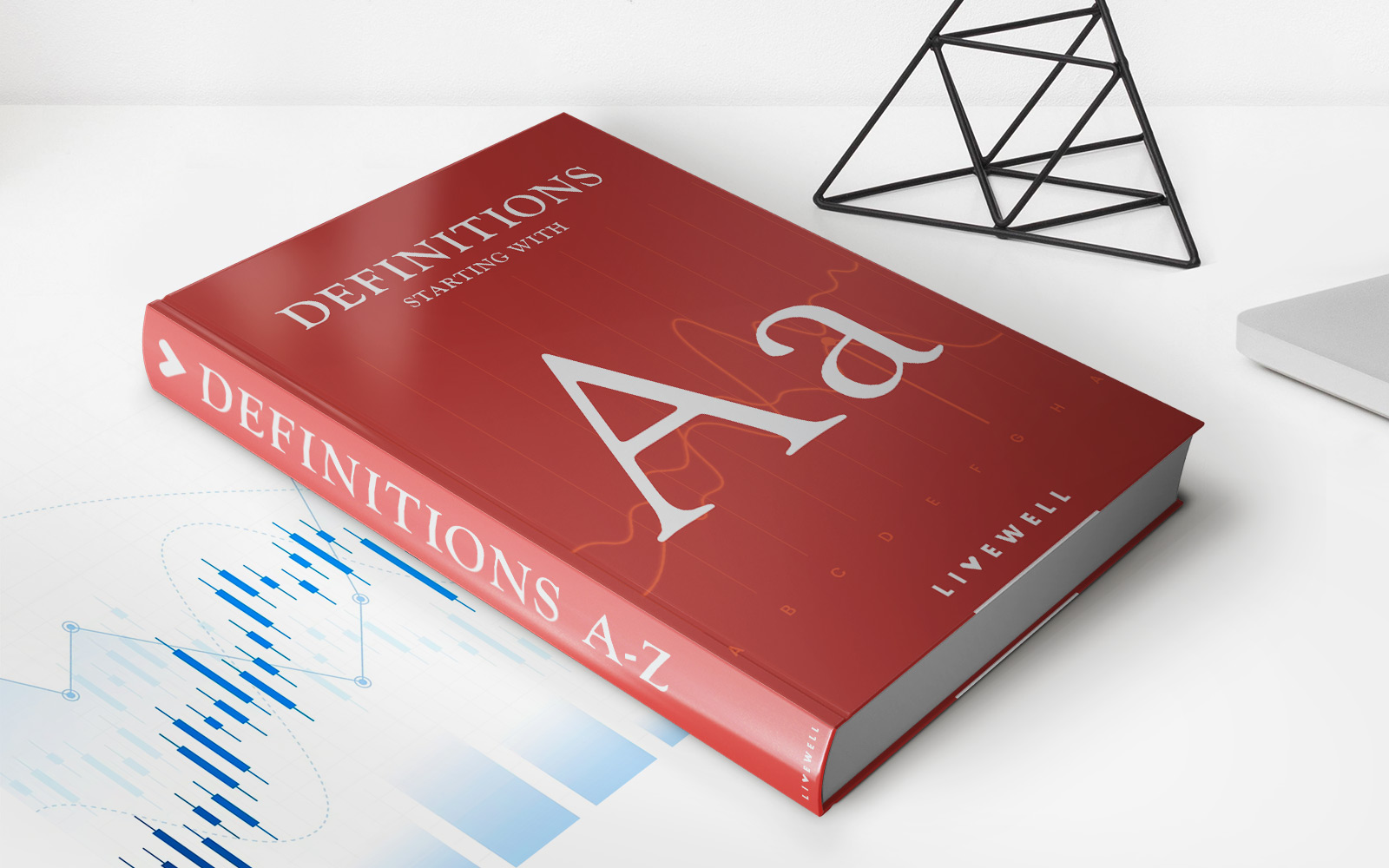Home>Finance>What Is A Finder’s Fee? Definition, Standard Fees, And Example
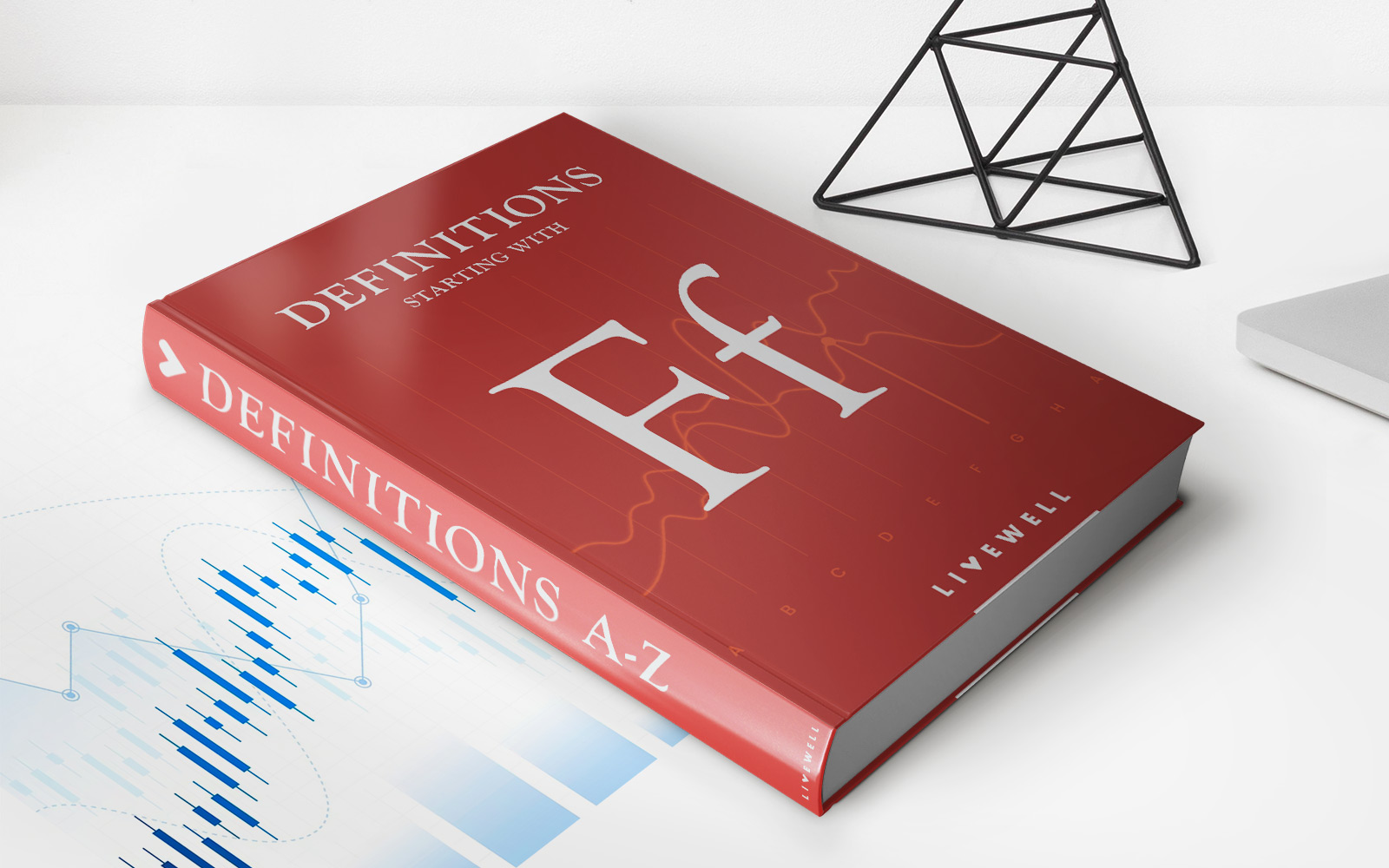

Finance
What Is A Finder’s Fee? Definition, Standard Fees, And Example
Published: November 24, 2023
Learn about finder's fees in finance, including their definition, standard fees, and see an example. Understand how finder's fees work in the financial industry.
(Many of the links in this article redirect to a specific reviewed product. Your purchase of these products through affiliate links helps to generate commission for LiveWell, at no extra cost. Learn more)
Uncovering the Mystery of Finder’s Fees in Finance
Money makes the world go round, and in the vast world of finance, there are various ways to earn a profit. One such method is by receiving a finder’s fee. But what exactly is a finder’s fee? How does it work, and what are the standard fees involved? In this blog post, we’ll delve into the topic, demystify the concept, and provide real-world examples. So let’s get started!
Key Takeaways:
- A finder’s fee is a commission paid to an intermediary, often referred to as a “finder,” as a reward for connecting two parties in a business transaction.
- The standard finder’s fee generally ranges between 2% to 5% of the total transaction value, but fees can vary depending on the industry, location, and complexity of the deal.
Understanding Finder’s Fees
Imagine you’re a business owner looking to expand your operations and find new suppliers for your products. However, you don’t have the time or resources to search extensively for potential partners. This is where a finder can step in to help. A finder is someone who has access to a network of contacts in a specific industry or field. They act as intermediaries, connecting businesses with the services or goods they need.
The finder’s fee is essentially a reward for the finder’s efforts, and it serves as an incentive for them to use their network and expertise to make valuable connections in the business world. The fee acts as a form of compensation for the time and effort invested in bringing the parties together, and it can be a win-win situation for everyone involved.
Finder’s Fee Standard Fees
The standard finder’s fee typically ranges between 2% to 5% of the total transaction value. However, it’s important to note that these percentages are not set in stone and can vary depending on several factors, including:
- The industry: Some industries may have higher or lower standard finder’s fees based on their norms and practices. For example, the real estate industry commonly has higher finder’s fees compared to other sectors.
- Location: Fees may differ depending on regional economic factors, market conditions, and local business customs.
- Complexity: Finder’s fees may be adjusted based on the complexity of the deal or the amount of effort required by the finder to bring the parties together.
While the standard fee range provides a benchmark, the actual finder’s fee should be negotiated between the parties involved and clearly outlined in a written agreement. Open communication and transparency are key to avoiding any conflicts or misunderstandings down the line.
Real-World Example of a Finder’s Fee
Let’s say you’re a fashion boutique owner looking to source unique and trendy accessories to enhance your product offerings. You decide to attend a trade show specifically catering to accessory designers and manufacturers. At the trade show, you meet a finder who has an extensive network of accessory designers.
The finder understands your requirements and introduces you to a talented designer who has the perfect line of accessories to complement your boutique’s style. After successful negotiations, you strike a deal to purchase a bulk order of accessories from the designer.
In this scenario, the finder’s fee would be calculated as a percentage of the total value of the order. For instance, if the total value of the accessories is $10,000 and you agreed to a 4% finder’s fee, the finder would receive $400 as compensation for connecting you with the designer.
In Conclusion
A finder’s fee is a commission paid to a middleman (or woman) for facilitating business connections. It’s an important concept within the finance industry, helping businesses find mutually beneficial partnerships and opportunities. The standard finder’s fee typically ranges between 2% to 5% of the total transaction value, but negotiations play a crucial role in determining the actual fee. So, the next time you hear about a finder’s fee, you’ll have a clear understanding of what it entails and how it can benefit businesses.
Key Takeaways:
- A finder’s fee is a commission paid to an intermediary, often referred to as a “finder,” as a reward for connecting two parties in a business transaction.
- The standard finder’s fee generally ranges between 2% to 5% of the total transaction value, but fees can vary depending on the industry, location, and complexity of the deal.
Have you ever received or paid a finder’s fee? We’d love to hear about your experiences! Share them in the comments below.




